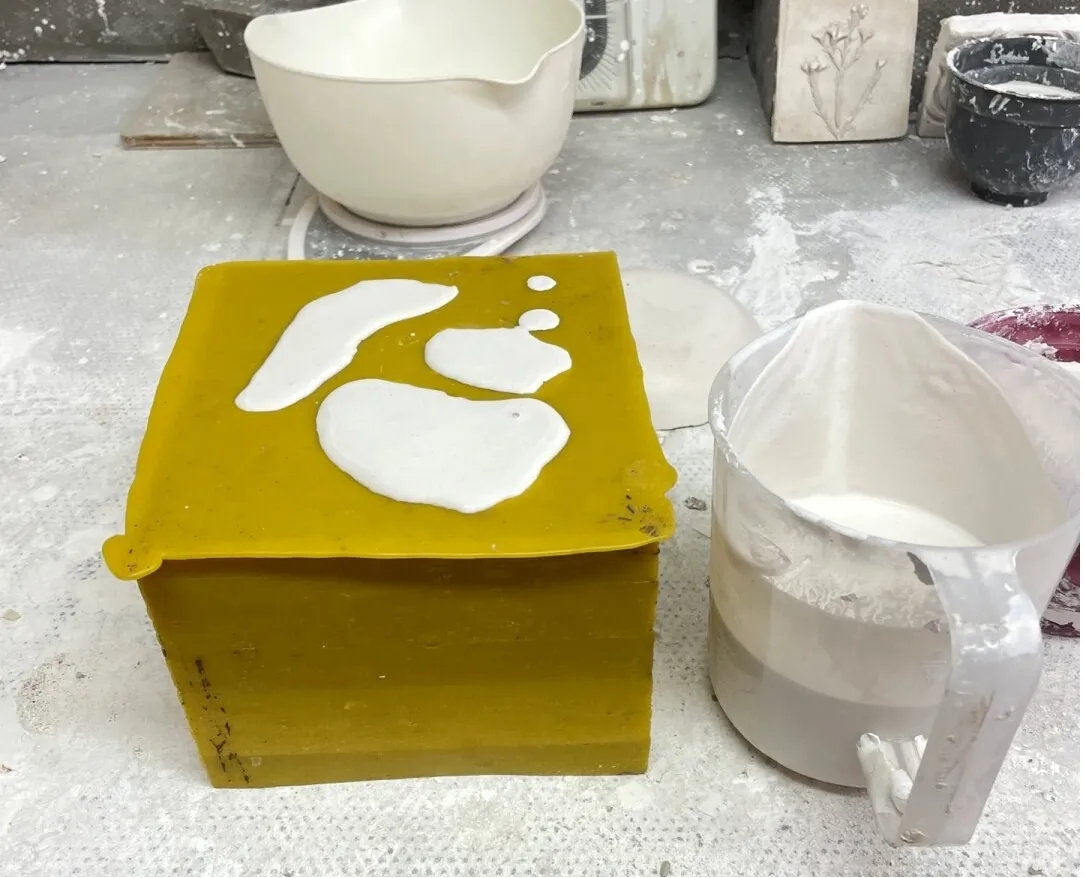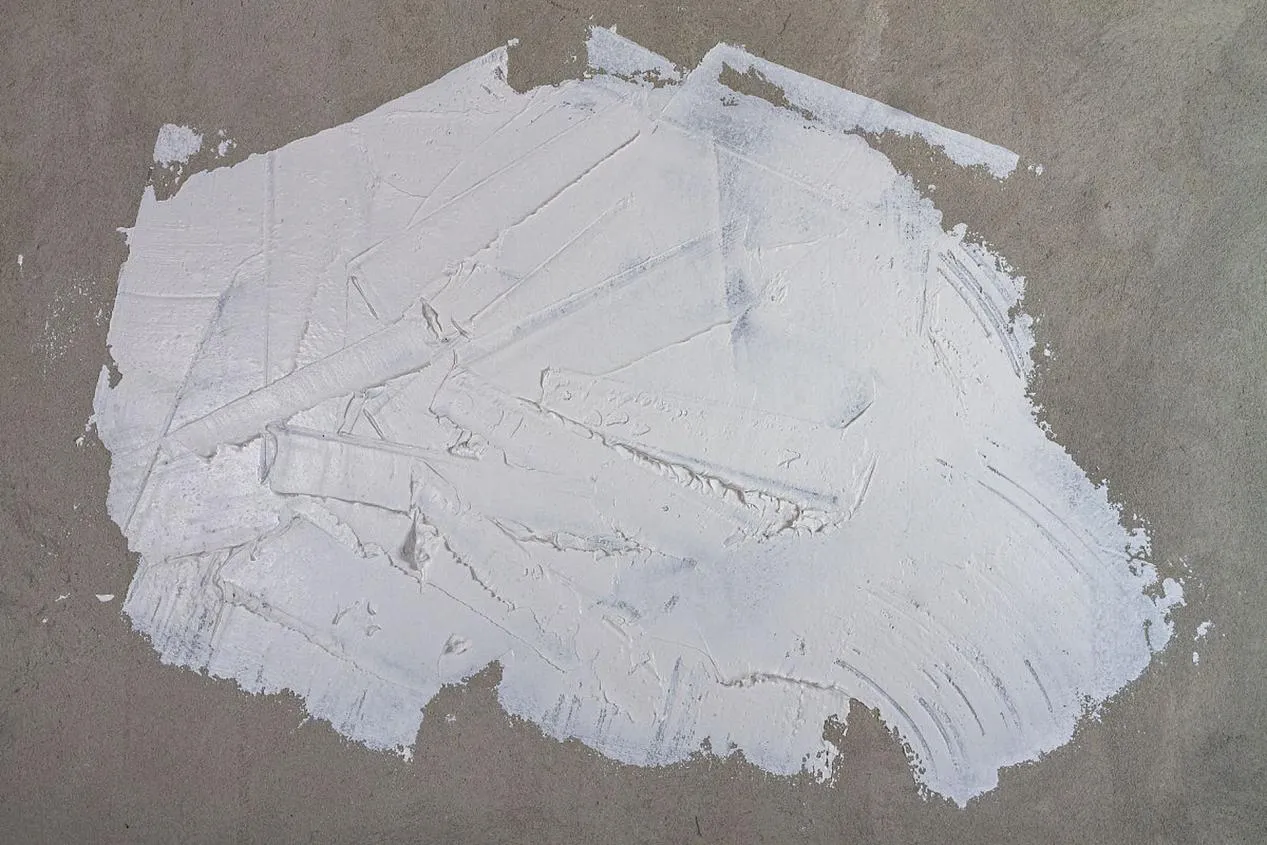
Understanding Gypsum Retarders and Their Role in Plaster and Board Applications
In modern construction and material science, setting time control is essential for effective application and finishing of gypsum-based products. Whether working with plaster, wallboards, or decorative elements, the use of a gypsum retarder chemical ensures adequate workability and minimizes premature hardening. From conventional compounds like cream of tartar plaster retarder to advanced formulations for industrial use, these additives play a crucial role in performance and durability. This article delves into the types, roles, and gypsum retarder applications, including their significance in gypsum board fire retardant systems.

How Gypsum Retarders Work and Where They're Used
Gypsum, when mixed with water, sets and hardens quickly due to the hydration of calcium sulfate hemihydrate to dihydrate. However, this reaction can be too fast for many construction processes. To solve this, a gypsum retarder chemical is introduced to delay the setting time, allowing smoother application and more controlled finishing. Retarders can be organic or inorganic, with the goal of slowing down crystal formation in gypsum.
One popular and natural option is cream of tartar plaster retarder, which is potassium bitartrate. It’s particularly effective in decorative plasters, offering longer working times without affecting strength. Commercially branded extratime plaster retarder is another widely used product in the market, especially in manual applications where more time is needed for layering or shaping.
Retarders are commonly used in:
Hand or machine-applied gypsum plasters
Molding plasters and decorative casts
Joint compounds

Gypsum board fire retardant systems to enhance fire resistance
Prefabricated gypsum elements
Their application ensures proper curing, reduces waste, and improves surface quality. When evaluating whether gypsum is retarder or accelerator, it’s important to note that gypsum itself can act as both—depending on its form. Raw gypsum (calcium sulfate dihydrate) can be used to retard Portland cement, while calcined gypsum (plaster of Paris) can act as an accelerator in cementitious systems.
Plaster Retarders and Fire-Resistant Gypsum Boards
While retarder for plaster is essential in manual construction applications, fire safety is a growing concern in modern buildings. Here, gypsum board fire retardant technologies come into play. These boards incorporate specially designed retarders that improve the thermal insulation of the board and delay structural damage in case of fire. They include additives that release water vapor when exposed to high temperatures, creating a barrier to heat and flame spread.
Plaster-based products also benefit from the correct use of retarders. Over-retarding can weaken the structure, while under-retarding causes rushed applications and poor finish. Hence, formulators carefully balance gypsum retarder chemical concentration, especially when producing products like extratime plaster retarder, which is designed for consistent performance and predictable set times.
In the context of building standards, gypsum retarder applications extend to lightweight gypsum-based panels used in commercial and residential interiors. In fire-rated assemblies, the synergy between retarders and reinforcing materials like glass fiber ensures compliance with stringent fire codes.
✅ Frequently Asked Questions (FAQs)
Plaster Retarder and Gypsum Board: Common Questions Answered
Q1: What is the most commonly used gypsum retarder chemical?
The most commonly used gypsum retarder chemical includes citric acid, tartaric acid, and their salts. These chemicals effectively slow down the hydration of gypsum to allow more working time.
Q2: Is cream of tartar effective as a plaster retarder?
Yes, cream of tartar plaster retarder (potassium bitartrate) is effective in small-scale or decorative applications. It provides a longer setting time while preserving the workability and finish of gypsum plasters.
Q3: What is extratime plaster retarder used for?
Extratime plaster retarder is a commercial product added to gypsum plaster mixes to extend setting times. It’s especially useful for hand-applied plasters and where finishing detail is crucial.
Q4: How does a gypsum board fire retardant work?
Gypsum board fire retardant additives enhance fire resistance by releasing water vapor when heated, slowing heat transfer, and maintaining structural integrity longer during a fire.
Q5: Is gypsum a retarder or an accelerator in cement systems?
Gypsum is retarder or accelerator depending on context. In Portland cement, gypsum acts as a retarder, preventing flash setting. However, in some other systems, calcined gypsum can accelerate the setting process.
-
Hydroxypropyl Starch as a Sustainable Construction AdditiveاخبارNov.24,2025
-
The Gelation Properties of CMCاخبارNov.21,2025
-
Redispersible Latex Powder and Water Retention CapacityاخبارNov.21,2025
-
Dosage Control for Polycarboxylate Water ReducerاخبارNov.21,2025
-
Film-Forming Properties of Polyvinyl AlcoholاخبارNov.21,2025
-
The Function of Gypsum Additives in MortarاخبارNov.21,2025





















